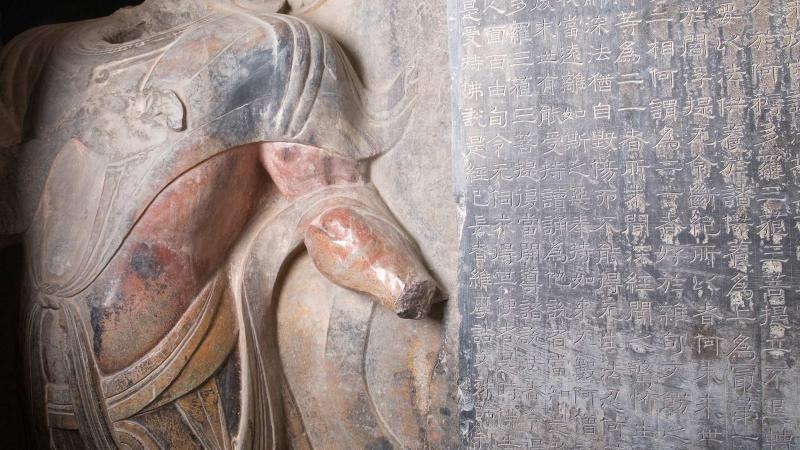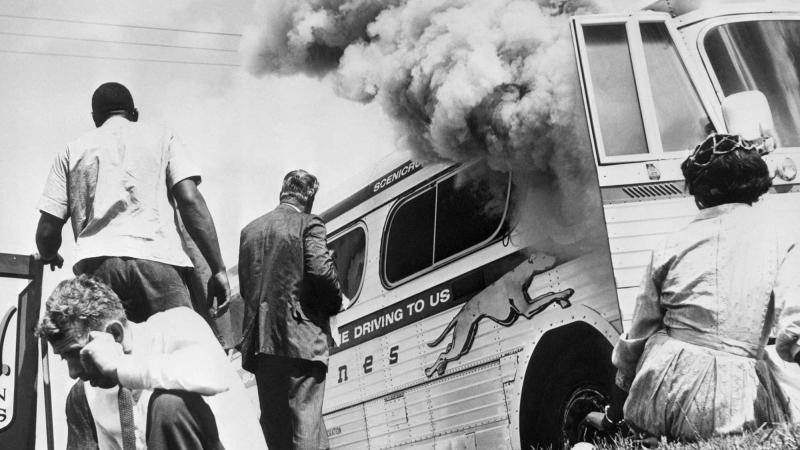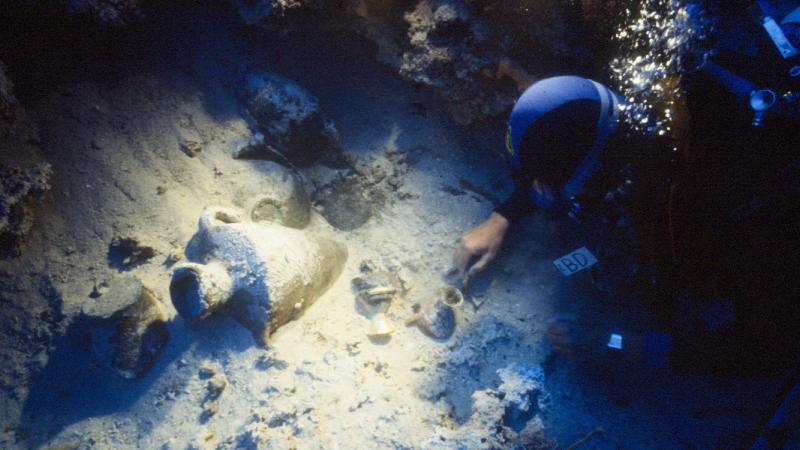Visitors to New York City could stop at one of several Child’s Lunch Rooms throughout the city for an economical meal of ham cakes with tomato sauce (10c), buttermilk (5c), and a bowl of corn starch with cream (5c). Or they could have dined more lavishly uptown at the Manhattan Hotel on pickled oysters–Saint Nicolas (40c), cold sliced capon (90c) with dandelion salad (40c), and Bar-le-Duc jelly (50c). That was in the winter of 1900.
These delectable details are available to us through the New York Public Library’s “What’s on the Menu?” crowdsourced culinary history project that helps us discover who we are through what we ate.
When archivists began digitizing NYPL’s unique collection of 45,000 historic menus from the 1840s to today—one of the largest of its kind in the world—they faced a challenge: The menus’ idiosyncratic layouts and typographies meant that they couldn’t be read and indexed by computers through the process called optical character recognition (OCR). And the painstaking task of transcribing each by hand was beyond the library’s manpower.
So, supported by a $50,000 NEH grant, NYPL developed an innovative plan to enlist the public in its transcription efforts. The “What’s on the Menu?” website invites volunteers to transcribe the menus dish-by-dish, resulting in a fully searchable and sortable database that allows users to track ingredients, prices, dishes, and food fads across the centuries.
“What’s on the Menu?” can tell us, for example, the price of a cup of coffee in 1890, when peach melba peaked in popularity, the varieties of oysters consumed in 19th-century New York, and what was served in the dining car of President McKinley’s funeral train.
Beyond the epicurean delights of contemplating dishes such as eggs à la chatelaine, pin-money pickles, and chestnut plombière, the data produced by the project can be mined for insights on subjects as diverse as the politics of the era, neighborhood development, the evolution of graphic design, and fluctuations in the availability of local fish species, say project director Ben Vershbow and curator Rebecca Federman. Since launching the website, the library has fielded inquiries from a historian researching commerce and consumption of wine in the United States, an economic reporter examining the price of filet mignon over time, and individuals seeking menus from restaurants once owned by family members.
The project has also proved to be a powerful way to engage the public with the library’s collections and spread awareness of the work involved in archival curation and preservation. “It’s been wonderful to see how many people are aware of the project who aren’t traditional library users but have heard about it because of their interest in food or New York City history,” says Federman, who curates the library’s culinary collections and electronic resources.
So far, public response has been overwhelming. Eager foodies transcribed an initial batch of 9,000 menus within three months of the project’s launch in 2011, and the ever-growing database now holds entries on more than 1,330,000 dishes from 17,500 menus.
Its popularity shows the potential of crowdsourcing to involve communities in the work of the library and increase access to niche cultural collections, says Vershbow, director of NYPL’s Digital Library and Labs department. “The project has been a great example of how you can go deeper with one particular archive,” he says. “The collection is open in a totally new way.”
Written by Paula Wasley, staff editor of Humanities.


